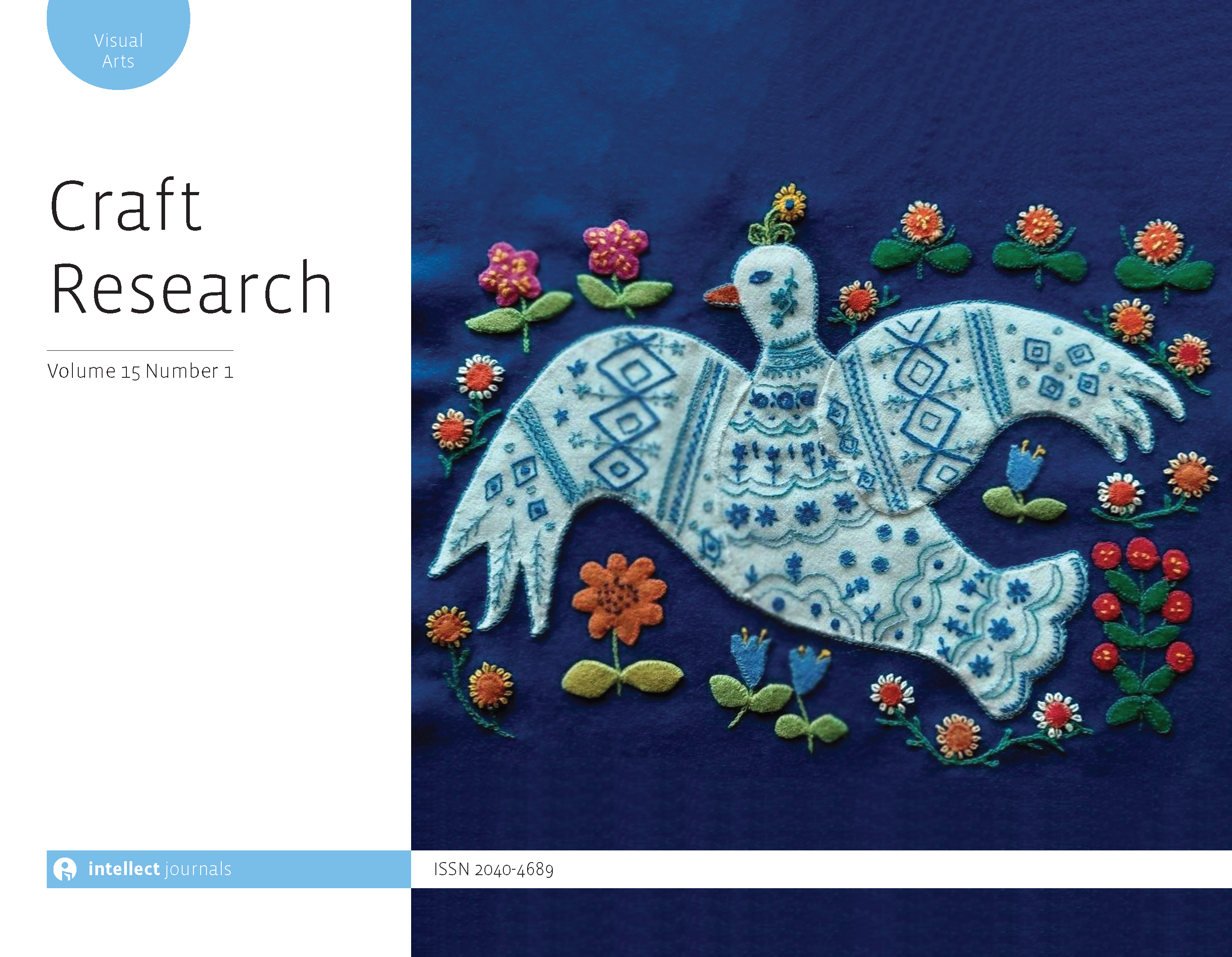
Full text loading...

Craft knowledge is built from examples of experiential knowledge, and when individual or group experiences are gathered and compared, new knowledge is created. This requires socialization between practitioners or a systematic collection of practice descriptions, such as in a manual. However, there is always a risk that knowledge that is difficult to put into words will never be captured or communicated. The aim of this article is to show how theoretical frameworks can be used as analytical tools to help us develop methods that support the communication of craft knowledge. Using a research-through-practice approach in the field of horticulture combined with frameworks based on Bengt Molander’s concept of three knowledge orientations and Nonaka and Takeuchi’s knowledge conversation criteria (SECI-model), I will discuss how it is possible to make practitioners’ subjective knowledge more readily available to others.

Article metrics loading...

Full text loading...
References


Data & Media loading...

Publication Date:
https://doi.org/10.1386/crre_00078_1 Published content will be available immediately after check-out or when it is released in case of a pre-order. Please make sure to be logged in to see all available purchase options.